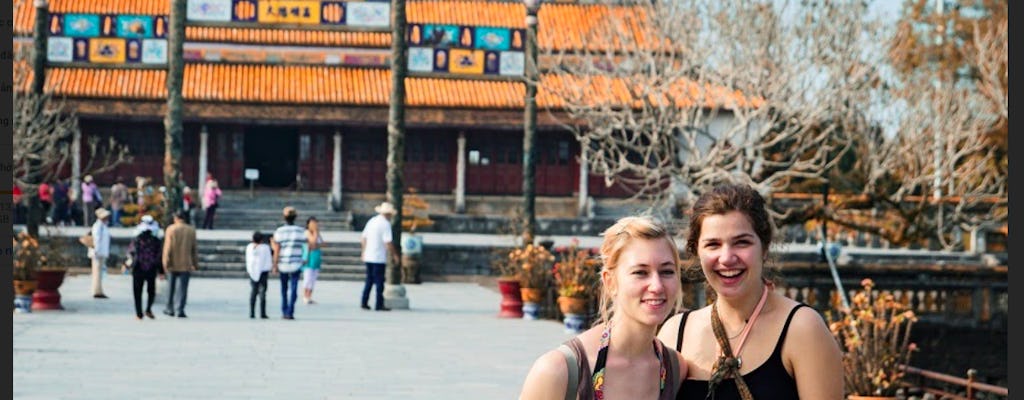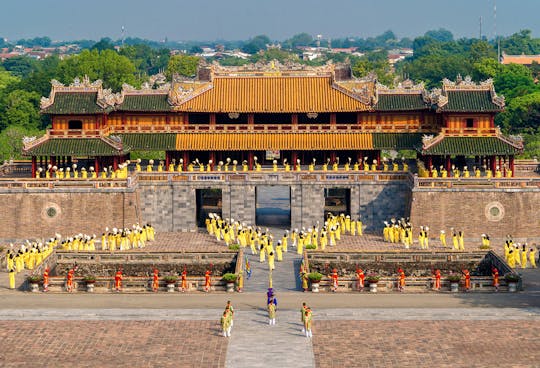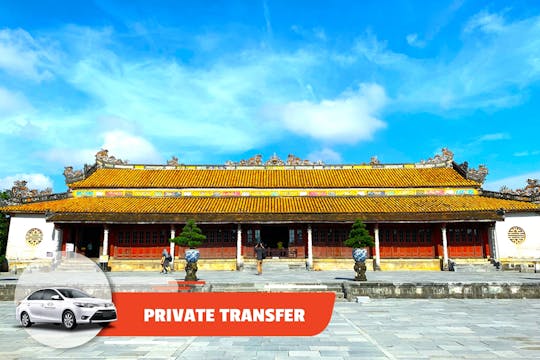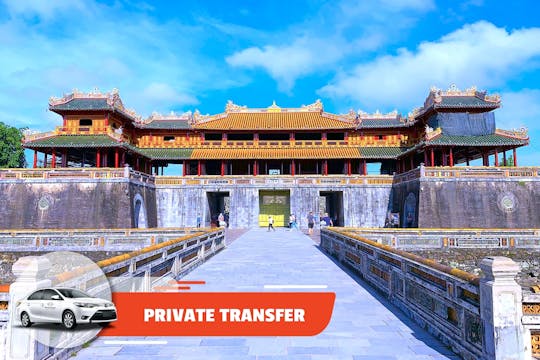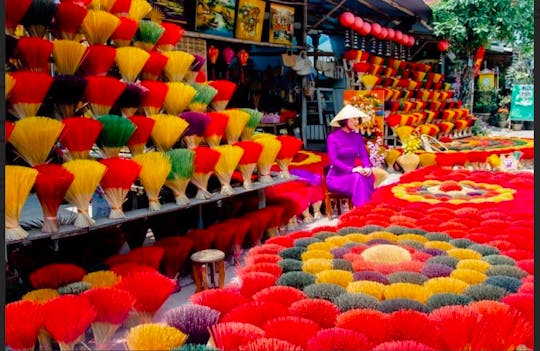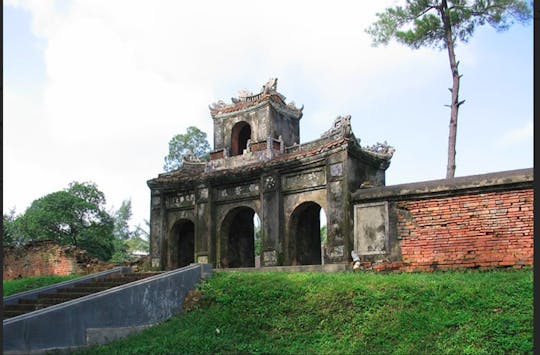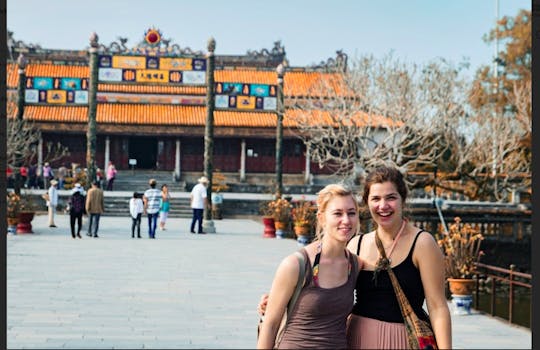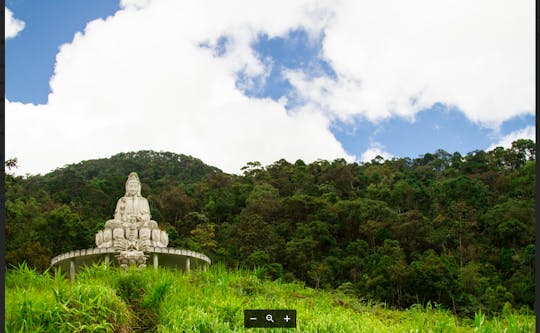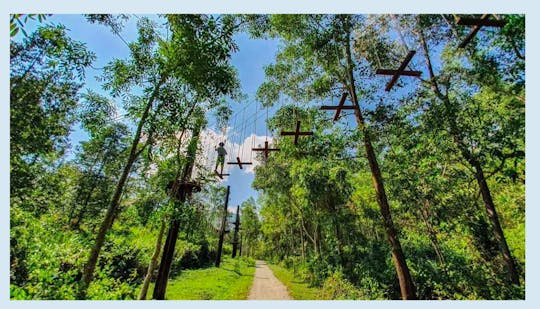Hue is the ancient capital of Vietnam. The Nguyen Dynasty was the last feudal dynasty to rule in Vietnam. Thanks to that, Hue City has preserved many traditions of ancestors and craft villages that tourists can explore today.
ฺBegin the journey to learn about Hue city and the craft villages that are preserved to this day. Firstly, you will visit the Dong Ba market, the largest market in Hue city. Observe and learn about the daily life of local people. Next, you will learn about the life of the king in the last feudal dynasty through a tour of Hue Citadel and Hue Royal Antiques Museum. Afterward, you will relax with a boat trip on the Perfume River to Thien Mu Pagoda, a pagoda located on the banks of Huong River that symbolizes the city of Hue will be the final destination of the morning.
After the tour of the old town is over, you will be treated to a lunch meal at a local restaurant with high quality, Vietnamese-flavored dishes.
You will continue the journey to Phu Mau commune, Phu Vang district, Thua Thien Hue province, where Lai An village is famous for its famous folk painting. Sinh village or Lai An village is a separate picture printed one by one with a wooden framework, jackfruit, and nickel to create lines. After printing, people re-paint with colors made from scallop shells, leaves, ash, bricks ...
The next place you will go to Tay Ho village, the most prominent name because this is the place that makes the famous Bai Tho palm-leaf conical hat. A simple, palm-leaf conical hat seems to be very simple, but when you come here you will understand the hard work, feats, and dexterity of the true hands. To end the journey, you will visit the largest incense burner village in Hue. Most of the people in the village do this job, so when you move into the village, you will see the whole village as reflected by the yellow, red, green colors of the incense flower and the fragrant incense throughout the space.
